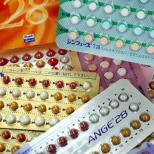Estrogens - female hormones, deficiency symptoms
Reproductive function in women is controlled by hormones called estrogens. They are also formed in a certain amount in the testicles of men, and also in the liver and adrenal glands of both sexes. Due to insufficient or excessive production of them, various health problems arise. The symptoms of a lack of female estrogen hormones will be discussed in this material.
In the reproductive period of a woman's life, the highest level of these hormones is observed, which make her beautiful and feminine. With the onset of menopause, their production stops in the ovaries, but continues in the adrenal glands and adipose tissue.
Testosterone is similar to estrogen in chemical composition, being a hormone of masculinity and often transforming into the latter. Hormones are no longer responsible for how a man or woman will look, but their ratio. If a representative of the stronger sex has accumulated estrogens, then feminine signs will appear in his appearance.
In adipose tissue, progesterone is produced, then estrogen is synthesized. Increasing its level begins at the age of 7.
There are 3 types of female hormones:
- estrone (E1), "dealing with" the quality of the functioning of the uterus and the growth of its endometrium;
- estradiol (E2), which regulates hundreds of functions in the body of a lady;
- estriol (E3), which affects the distension of the uterus during pregnancy.
The amount of estrogen depends on the phase of the menstrual cycle. At its beginning, a small amount of hormones is noted, which increases as the follicle matures. The highest rates are recorded during the release of the egg from the exploded follicle. Then, the concentration of sex hormones gradually decreases.
Norms of two types of hormones:
- estrone in the first phase from 5 to 9 ng / l, in the second - from 3 to 25, and in pregnant women - from 1500 to 3000 ng / l;
- estradiol, respectively, from 15 to 60, from 27 to 246 and from 17000 to 18000 ng/l.
These are averages, which in other sources often differ in units of measurement (for example, pg / ml). During the period of ovulation, from 5 to 30 ng / l is considered normal. Hormonal imbalance in a woman's body begins after 40 years.
Causes of a lack of estrogen in the female body
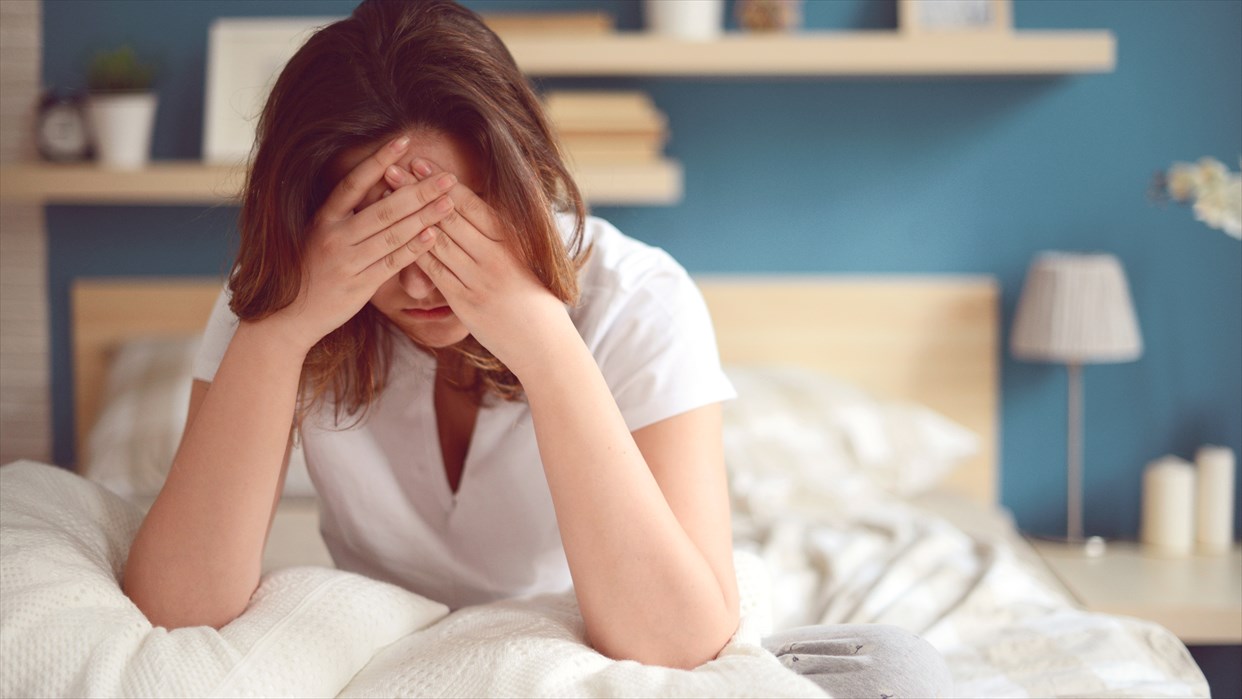
The lack of estrogen in women is usually caused by hormonal disorders, as well as due to hereditary and other factors:
- pathology of the pituitary gland;
- rapid weight gain or loss;
- addiction to alcohol, drugs or smoking;
- the presence of tumors (hormonally dependent);
- taking antidepressants or nootropics;
- thyroid disease;
- uncoordinated with the doctor taking hormonal drugs;
- deficiency of iron and cholesterol products in the diet.
A healthy decrease in the concentration of estrogen in the blood is only possible with the onset of menopause. The lack of female hormone is difficult to tolerate after resection of the ovaries and after removal of the uterus with appendages.
Factors predisposing to such a result are insufficient physical activity or, conversely, excessive exercise. This is especially pronounced if a woman additionally starts taking testosterone to gain muscle mass.
Hormonal disorders are also observed with a vegetarian diet, where animal fats and proteins are completely excluded, as well as with anorexia.
External and internal symptoms
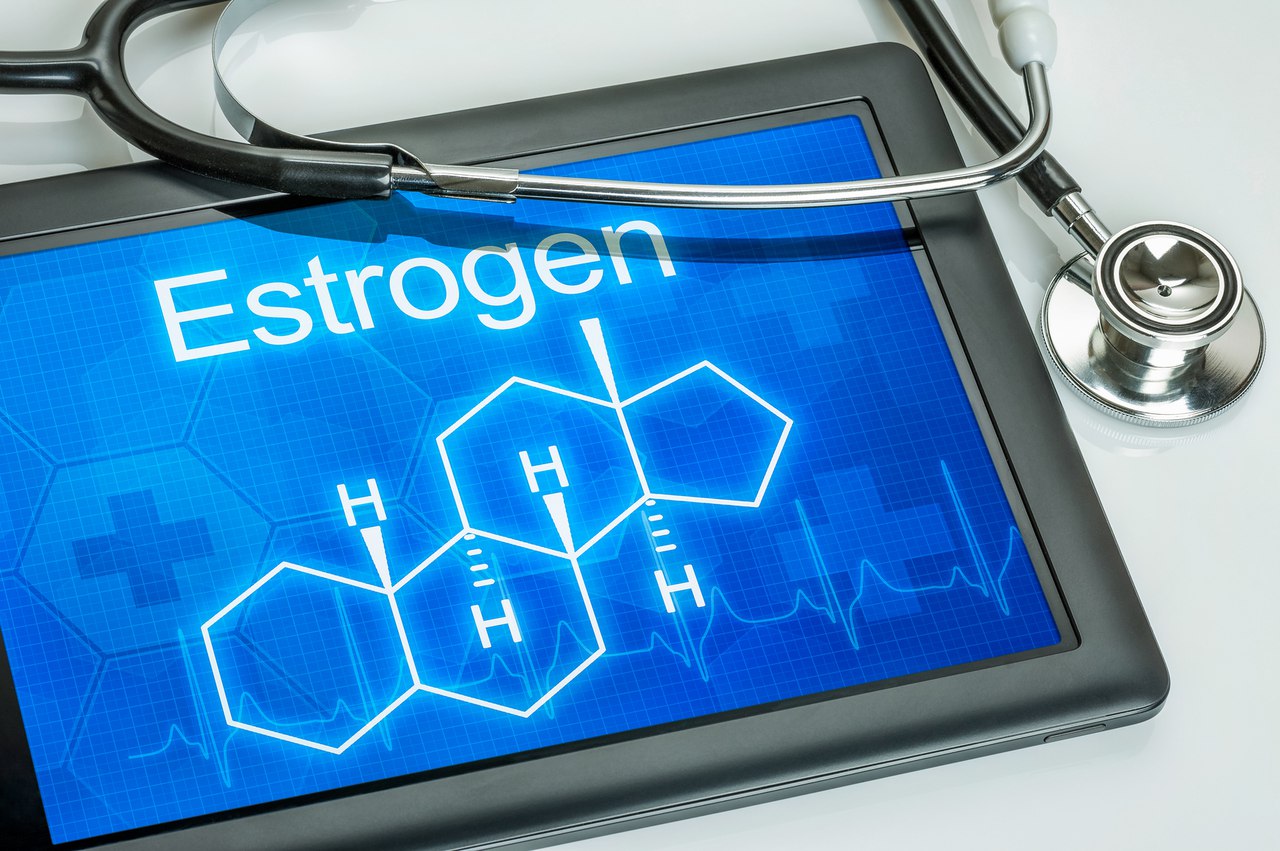
The fact that a woman has a lack of estrogen can be judged by:
- jumps in blood pressure;
- fatigue and constant weakness;
- accelerated skin aging;
- loss of breast firmness.
In addition, the body of a woman begins to lose harmony and attractiveness, due to fat deposits on the waist and internal organs. Often, a decrease in the level of female sex hormones is accompanied by dysbacteriosis, which develops as a result of a violation of the digestive process.
Important: you should not choose your own drugs to normalize hormonal levels - this can lead to very disastrous results.
A decrease in estrogen in the female body provokes calcium leaching, which leads to fragility and fragility of bones, nails, hair loss and skin peeling. Very often, such "events" in the body lead to a noticeable increase in the number of moles and papillomas.
If we talk about internal problems resulting from a decrease in estrogen in the blood, then they are:
- chronic - osteoporosis, atherosclerosis and cardiovascular diseases;
- endocrine - excessive sweating, poor sleep and memory impairment, irritability and mood changes;
- urogenital - lack of sexual desire, urethral syndrome or atrophy of the genital organs.
A woman who has a normal level of hormones, does not have any special health problems, is calm and balanced, is a happy owner of good skin, quickly recovers from illnesses and is not prone to depression.
Hypoestrogenism in pregnancy
For a successful pregnancy, sufficient production of sex hormones is necessary.
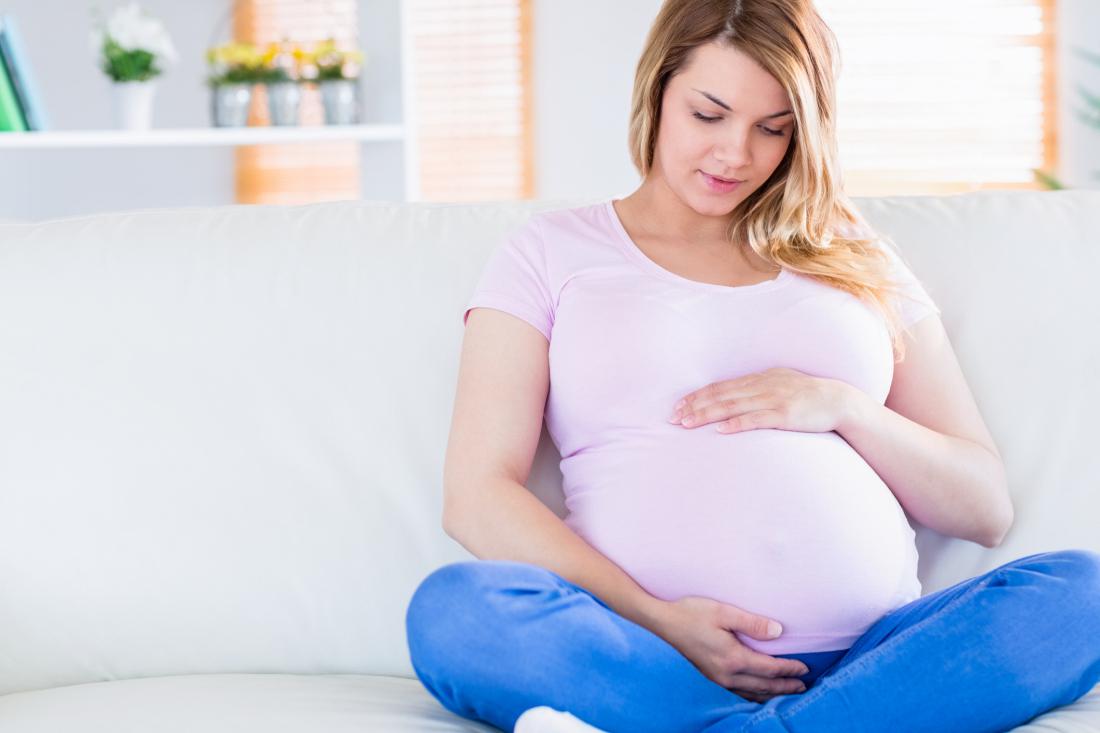
In case of their decrease, the development of certain pathologies is possible, which will require the immediate intervention of specialists:
- detachment of the placenta or the threat of miscarriage;
- genetic abnormalities in the baby in the womb, including Down syndrome;
- the development of ailments of the cardiovascular system and central nervous system in the fetus;
- bleeding (uterine).
If a lack of estrogen is found in late pregnancy, then overmaturity and poor labor activity in the mother during childbirth are possible. To restore hormonal levels, it is necessary to include foods rich in estrogen in the diet, or / and, as directed by a doctor, start taking HRT.
Diagnostics
A lack of female hormones is diagnosed by measuring basal temperature for 11-14 days in a row. It should not exceed 37 degrees. Permissible fluctuations in both phases of the menstrual cycle should be maintained within the range of 0.2 to 0.3 degrees.
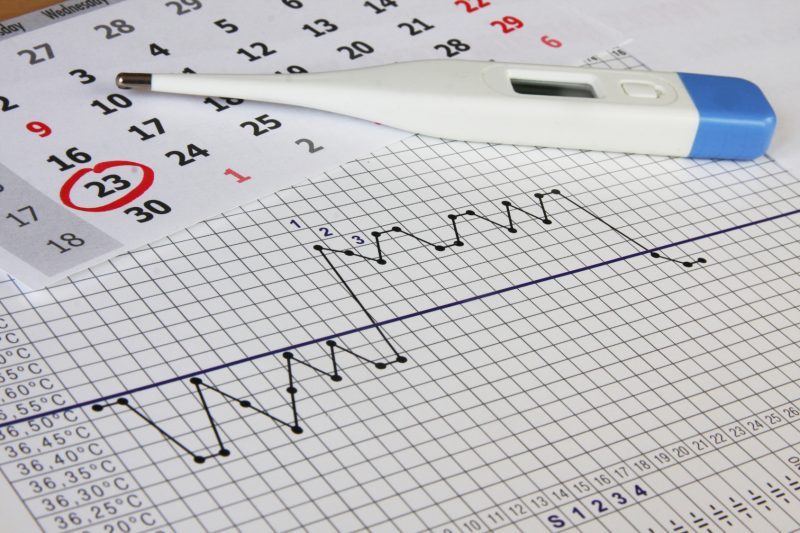
Another way to find out the amount of estrogen in the blood is to donate blood for tests. Additionally, an endometrial biopsy and ultrasound may be prescribed to determine the growth of the follicle and the thickness of the endometrium.
How to increase estrogen levels
You can increase the level of estrogen with the use of special medications and folk remedies. With their timely and correct intake, you will protect yourself from the negative consequences of a lack of hormones, but only a doctor should make an appointment - self-medication in this case is categorically unacceptable!

Medical therapy
- In combination with hormonal or oral contraceptives, tocopherol or vitamin E can be indicated.
- Excellent proven itself in raising the level of estrogen "Premarin" with horse hormones in the composition.
- A drug called Proginova is also hormonal. It contains many synthetic analogues of estrogens, the main activity of which is aimed at combating osteoporosis that occurs against the background of an imbalance in the hormonal sphere of a woman.
- The natural ingredients are inside Gemafemin. Its active ingredient is pantohematogen, taken from the blood of female deer. It also contains vitamin E.
Folk methods
Even at first glance, harmless traditional medicine should be used only after consultation with a specialist who has all the necessary examination results in hand.

Any decoctions and herbal infusions are taken from the 15th day of the cycle.
- Pour raspberry leaves (dry) with 300 ml of boiling water, let the broth brew for an hour, then drink in small sips throughout the day.
- Pour boiling water over the seeds of the cuff and psyllium in equal parts and let them brew a little. Drink the resulting drink before meals three times a day.
- Effectively increase the amount of estrogen raspberry leaves in combination with wild yam, cooked in a water bath for an hour. The tool is used before meals in a tablespoon.
- The crushed fruits of the prutnyak infused in boiling water have the same effect. Take this remedy for a little bit all day.
Foods containing estrogen
An affordable and no less effective way to normalize estrogen levels is the introduction of foods containing these hormones into the diet.



These include:
- legumes and soybeans;
- all products of animal origin;
- tomatoes;
- cabbage;
- carrot;
- red grapes;
- eggplant.
But it should be remembered that with their excessive use, the level may go beyond the permissible limits, which will also negatively affect well-being and health. Therefore, even the regulation and appointment of the allowable daily intake of products is desirable to be done by the attending physician. Health to you and your loved ones!





